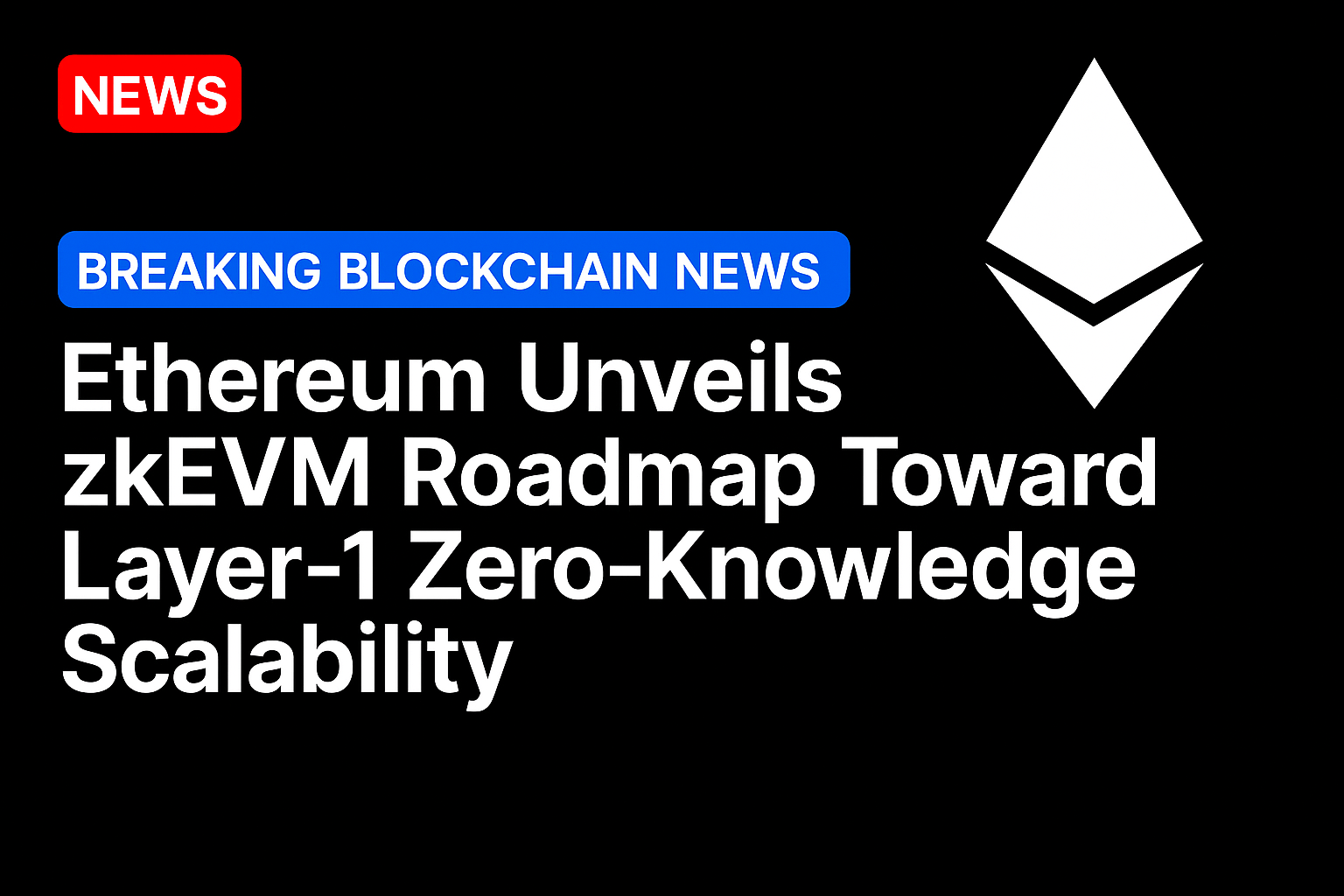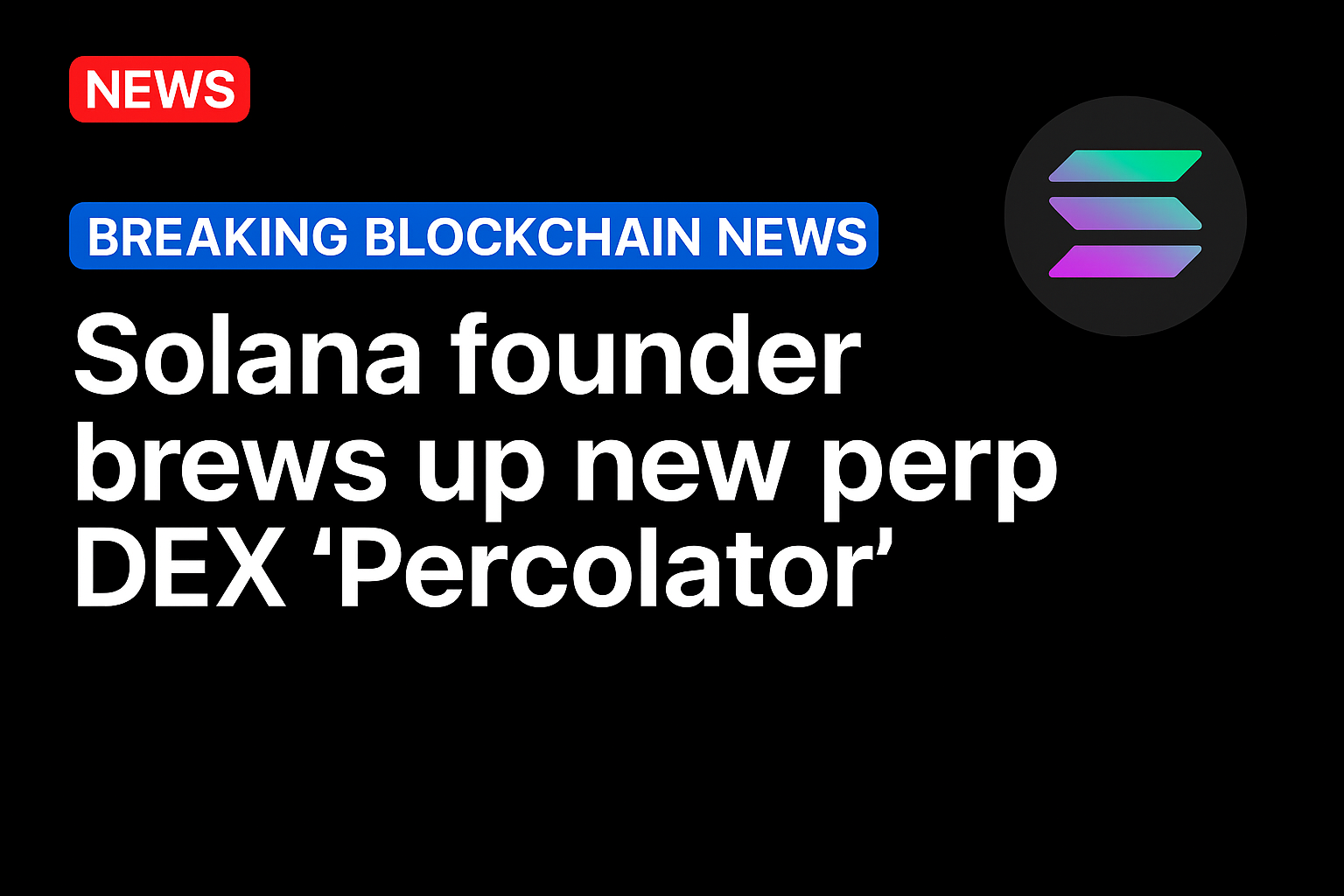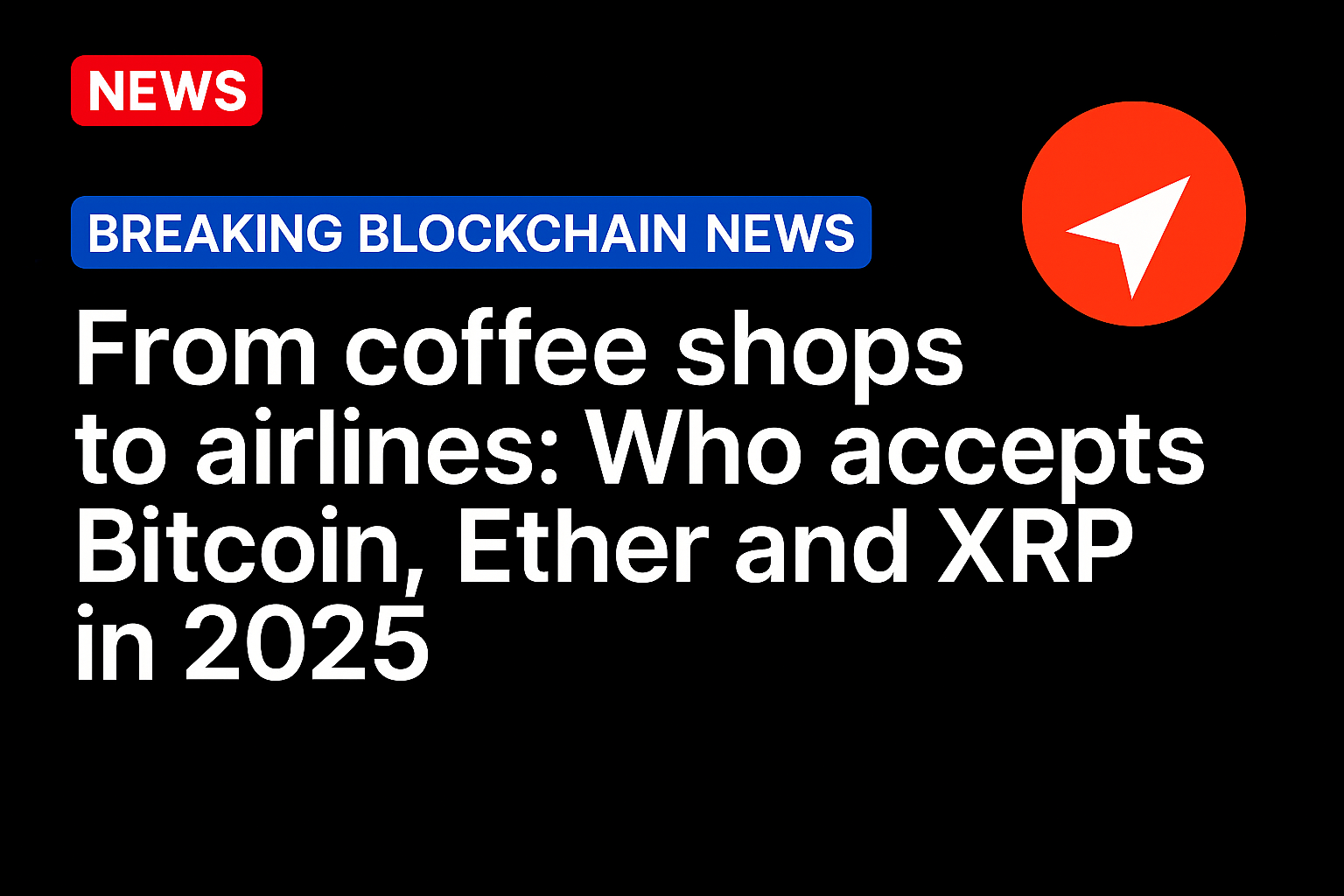Ethereum developers have published an ambitious roadmap for integrating zero-knowledge proofs directly into the protocol’s Layer-1, outlining a long-term vision where Ethereum achieves native scalability with zkEVM technology.
Toward zkEVM at Layer-1
The roadmap details how Ethereum could evolve beyond its current Layer-2-centric scaling approach to one where zkEVM (zero-knowledge Ethereum Virtual Machine) capabilities are embedded at the base layer of the network. This shift would enable Ethereum to validate transactions and smart contracts more efficiently while preserving security and decentralization.
Why zkEVM?
Zero-knowledge proofs allow computations to be verified without revealing all underlying data, offering both privacy benefits and dramatically reduced data requirements. Today, zk-rollups — Layer-2 networks such as StarkNet and zkSync — already leverage this technology to scale Ethereum by processing transactions off-chain and posting proofs to Layer-1.
By moving zkEVM functionality into Layer-1 itself, developers aim to eliminate redundancies, lower costs, and simplify user experience by removing the need for separate rollups.
The Path Ahead
The Ethereum Foundation emphasized that achieving a fully zkEVM-compatible Layer-1 is a multi-year endeavor, requiring breakthroughs in cryptographic research, EVM compatibility engineering, and consensus design.
Work will proceed in stages:
- Research and prototyping zkEVM circuits optimized for Layer-1.
- Testing hybrid approaches alongside current Layer-2s.
- Gradual integration into the core protocol, ensuring backward compatibility and security.
Community and Ecosystem Implications
Industry experts view the roadmap as a bold statement about Ethereum’s future-proofing and its intent to remain at the forefront of blockchain scalability. While Layer-2 rollups will continue to play a crucial role in the near term, the prospect of a zkEVM-enabled Layer-1 promises a more unified and efficient user experience in the long run.
Developers have called on the community to contribute to research, testing, and feedback as this next chapter of Ethereum’s evolution unfolds.





